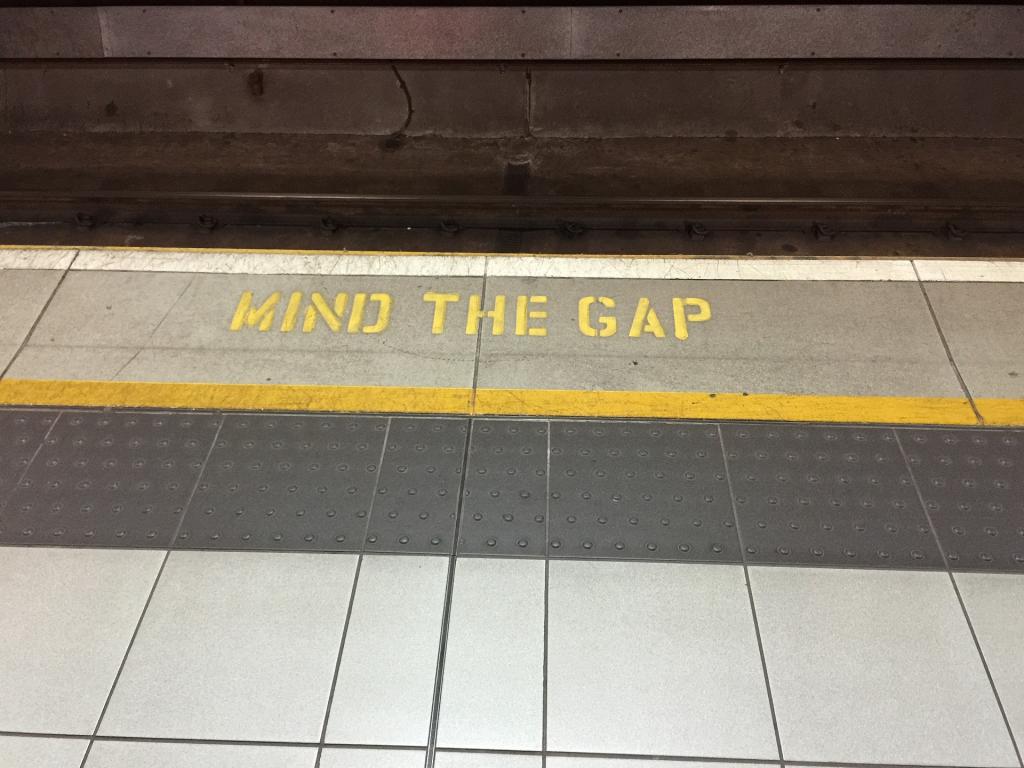This article is part of the series Governance, in Crisis.
By Stephen Browne
Founder and Co-Director, The Future UN Development System Project
Visiting Lecturer, Graduate Institute
Writers on this blog and elsewhere have decried the retreat from multilateral solutions by many of the world’s current leaders, led by US president Donald Trump. They are not looking to the (United Nations) UN and other multilateral institutions to find solutions to global problems.
The counter-argument is that global crises of health and the environment are precisely the kinds of problems for which multilateralism, and the “UNiversalist” world body, is ideally suited. The coronavirus pandemic and climate change must therefore be brought to the UN for solution.
Those saying the UN should act claim that its role and functions are unique. But there is so much that the UN “should” do but doesn’t or can’t. And is its role really unique?
These crises will be a test of the main functions of the UN development system, which are broadly ideational and operational. Ideas, based on research and reliable data, are the basis for advocacy and can inform global policy-making and norm-setting. Operations are intended to convert ideas into action. In practice, however, the UN’s slow operational response to crises risks proving the unilateralists right, even if their reasoning is wrong. The UN’s sound information and advice may or may not be welcome.
But is the UN really capable of finding timely solutions to global problems? What if there are alternative, and better, solutions to global cooperation which do not involve the UN? We take the current crises as examples.
COVID-19
When the coronavirus first became a threat to human health, the World Health Organization (WHO) was not aware of it because the outbreak was initially concealed from view. In this case the universal organisation was only as transparent as its least transparent member.
When the coronavirus could no longer be hidden, WHO began a series of its carefully worded declarations. Its first situation report was on 21 January, an estimated 5-6 weeks after the first case of COVID-19. On 30 January, WHO declared a “health emergency of international concern” but only on 12 March did the outbreak become a “controllable pandemic”, by which time there were over 125,000 cases of COVID-19 in 117 countries.
Operationally, WHO (and other UN) actions can initially do little
UN politics and bureaucratic procedures have served us poorly. Chinese reticence, a reluctance to respond to signals from non-member Taiwan and a linguistic dance around the definitions of crisis meant that WHO’s warnings were not early enough to avert the rapid spread of the disease.
And the response? In this post-truth era, the WHO is a key reference point: it acts as a valuable clearing house of credible information, and a source of expert advice. But operationally, WHO (and other UN) actions can initially do little.
The race is on to find a vaccine. But the starting gun was given by a Shanghai clinic on 12 January when it published the genome sequence of the virus on open platforms (only to be closed down by the Chinese government the following day). Thanks to this “subversive” early disclosure through global networks there are now more than 80 laboratories around the world trying to develop a vaccine.
Support is coming from organisations like the Coalition for Epidemic Preparedness Innovation (CEPI), an international public-private partnership which has no organic link to WHO. In the quest for a new vaccine, CEPI has signed nine new partnership agreements since January. They haven’t waited for any green signal from WHO, and the vaccines that are trialled will seek certification from national health authorities in the first instance. There are also new resources available. Funding for vaccines ($8 billion thus far) in the wake of COVID-19 has been mobilised, but by the European Union (EU) and the Global Alliance (GAVI).
It is a similar picture with anti-viral medicines. Building on well-established scientific networks around the world, lots of research and trialling is proceeding, while WHO cautions in the background about the dangers of side-effects. True, WHO has warned us off drinking bleach, as suggested by one world leader, but plenty of others have given reliable warnings.
After a series of Ebola and other virus outbreaks since the 1970s, WHO has had enormous exposure to pandemic risk and has developed preparedness plans to which member-states have signed up. But plans would not seem to have led to more timely and effective action. WHO was again slow to act when Ebola struck three West African states in 2014. In the most recent outbreaks in the Democratic Republic of Congo, a key tool has been a new vaccine developed and approved by the private sector (Merck) in the US, and certified ex post by WHO.
Once an effective vaccine against COVID-19 has been found, WHO and UNICEF will be active in immunisation in the poorer countries. Because of their worthy track record, the UN vaccinates more than half the world’s children and adults. This is an operational success. But is this capacity exclusive to the UN?
This is an excerpt. To read the full article, visit The Global.
Interested in contributing to our blog? Here is how.
Image by walkerud97 from Pixabay


